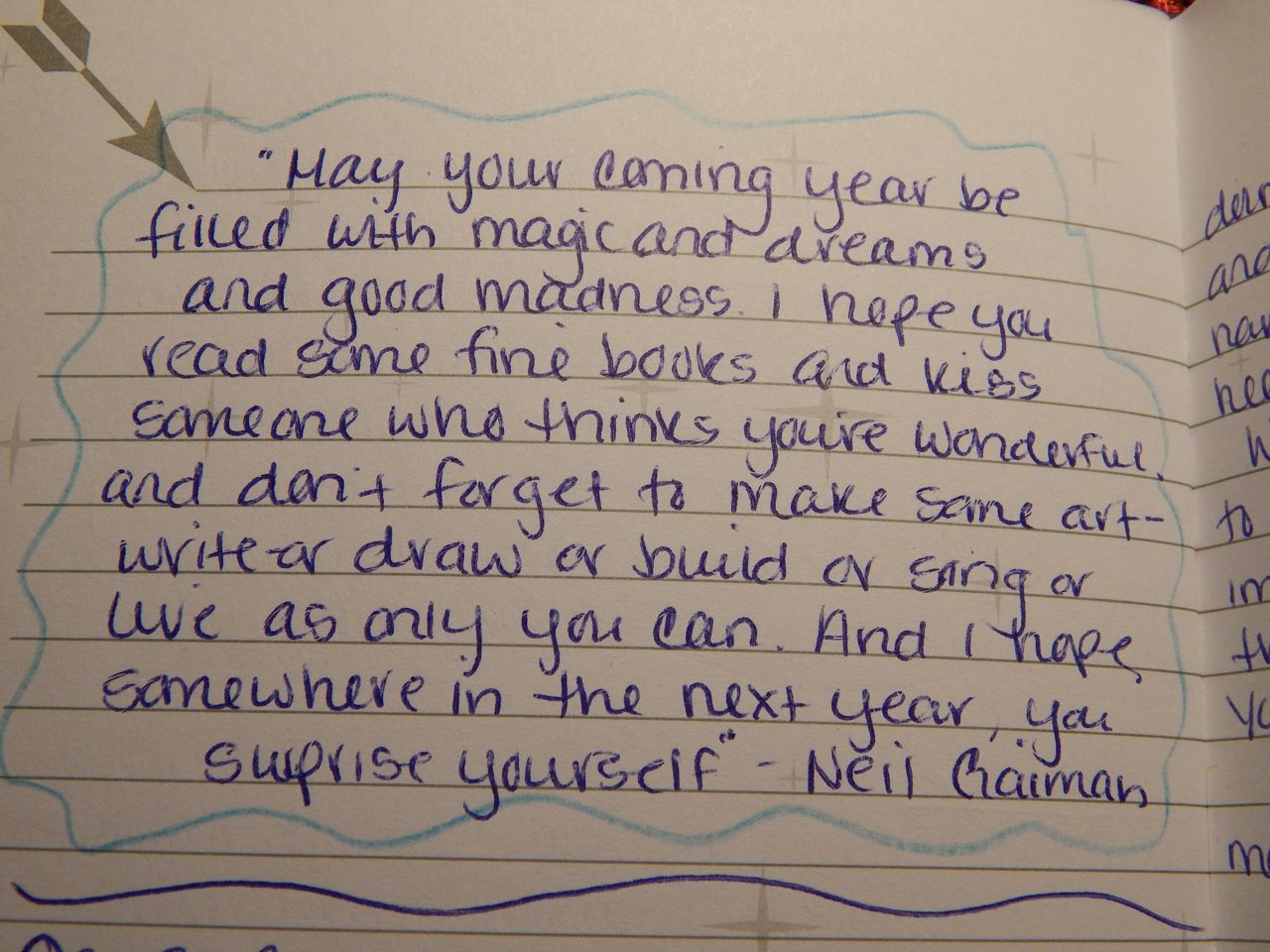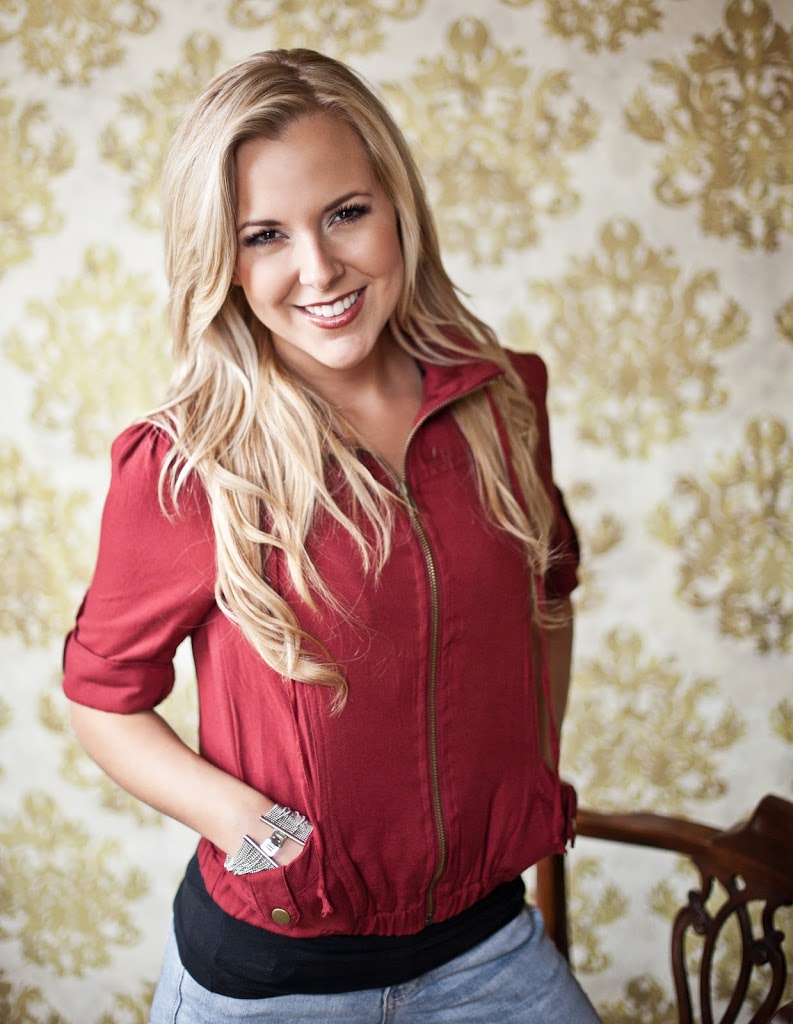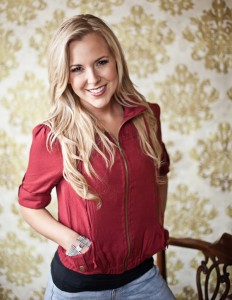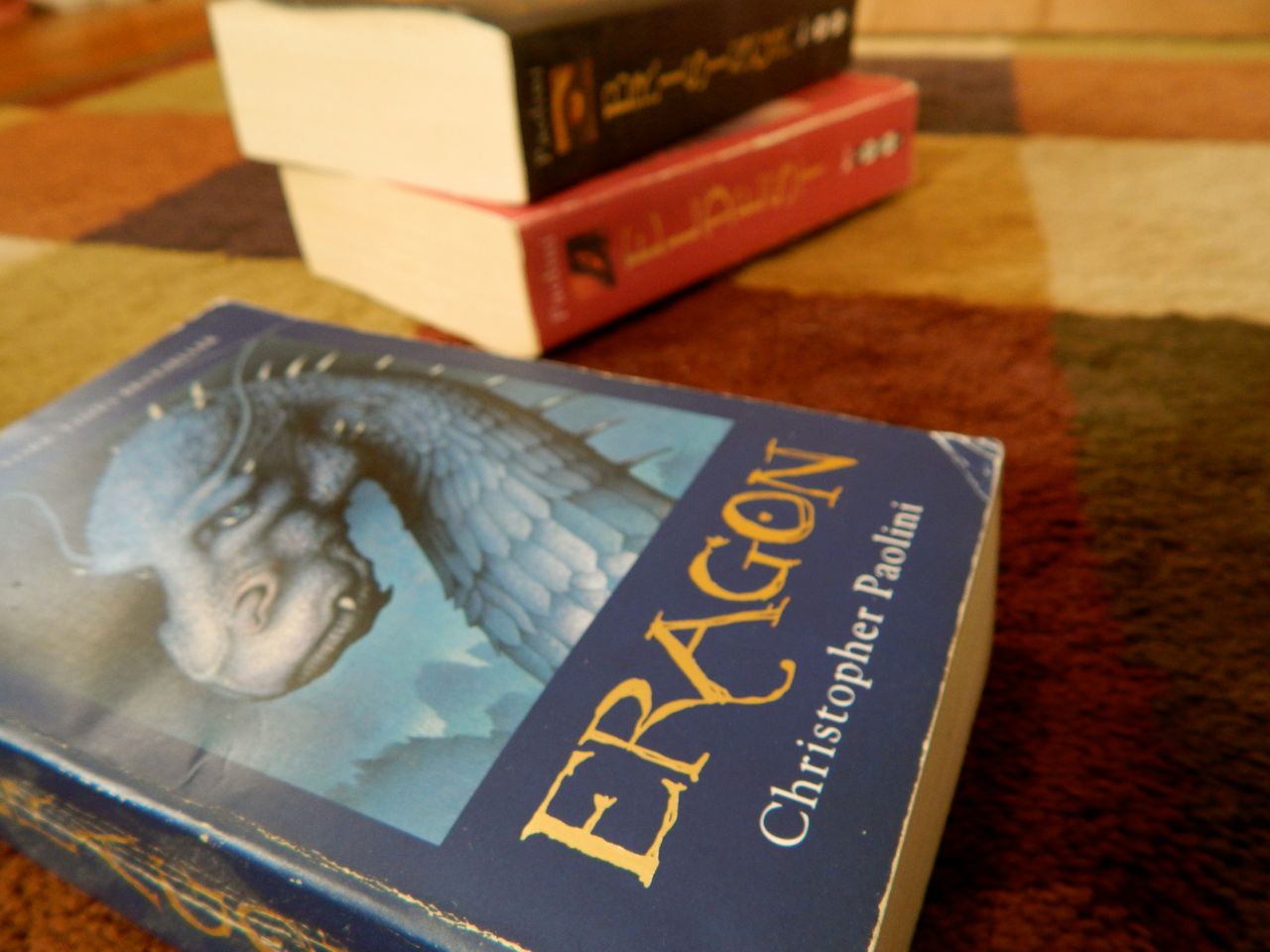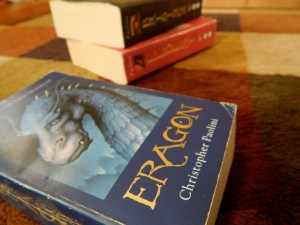What does writing mean to you? Think about it. When you think of writing, what comes to mind? The countless research papers that your professors forced you to write in order to keep up your grades? Or do you see it as an outlet? A way to express yourself?
These were the questions I was asking myself as I sat at my computer at work last week, trying to find the inspiration to start blogging again. Ever since graduating from college and leaving the student newspaper, I haven’t really written anything of my own. Well, I’ve spit out numerous facts and information that I’ve gleaned from the hundreds of press releases I deal with at work from week to week…
… but that’s not me…
… that’s not the kind of writer I want to be defined as.
What some people don’t seem to realize is that words carry a lot of power. They can bring to life whole worlds that exist in between the covers of a book. They can inspire an entire nation to turn against the king and fight for their independence. Words can be the window into an author’s mind and reveal their innermost desires and dreams.
For me, there is so much more to writing than just repeating the facts. Writing is expression, thought, feeling, sensuality… freedom! It’s a doorway into strange, new lands full of adventure… and the only way we can open that door and make it available for the whole world to see, is by letting the creativity flow through our fingers and discovering where it takes us.
Whether you’re sitting at your desk staring at a blank Word document, nearly at the breaking point because you can’t figure out what to write or how to even get started; or you’re curled up in a chair with your journal trying to figure out how to put your life into words, just blurt out the first thing that comes to mind, no matter how silly it may sound, and go with it. Who knows? You might just unlock that creativity that’s just waiting to spill out.
It doesn’t matter if you have horrendous grammar or if your  thought process doesn’t quite seem to line up at first… the only thing that matters is that you’re creating, constructing, expressing…
thought process doesn’t quite seem to line up at first… the only thing that matters is that you’re creating, constructing, expressing…
… you’re writing!
That’s really all there is to it. When you’re writing on your own, there’s no pressure of grades, getting the grammar correct and all that fun stuff you had to try to keep track of in school. No. Out here, it’s just you, the pen (or computer keyboard) and the blank sheet of paper just waiting to be filled with your words.
So, what are you waiting for? Grab a pen or a laptop, your favorite drink and a snack, get comfortable and let your creative juices flow!
